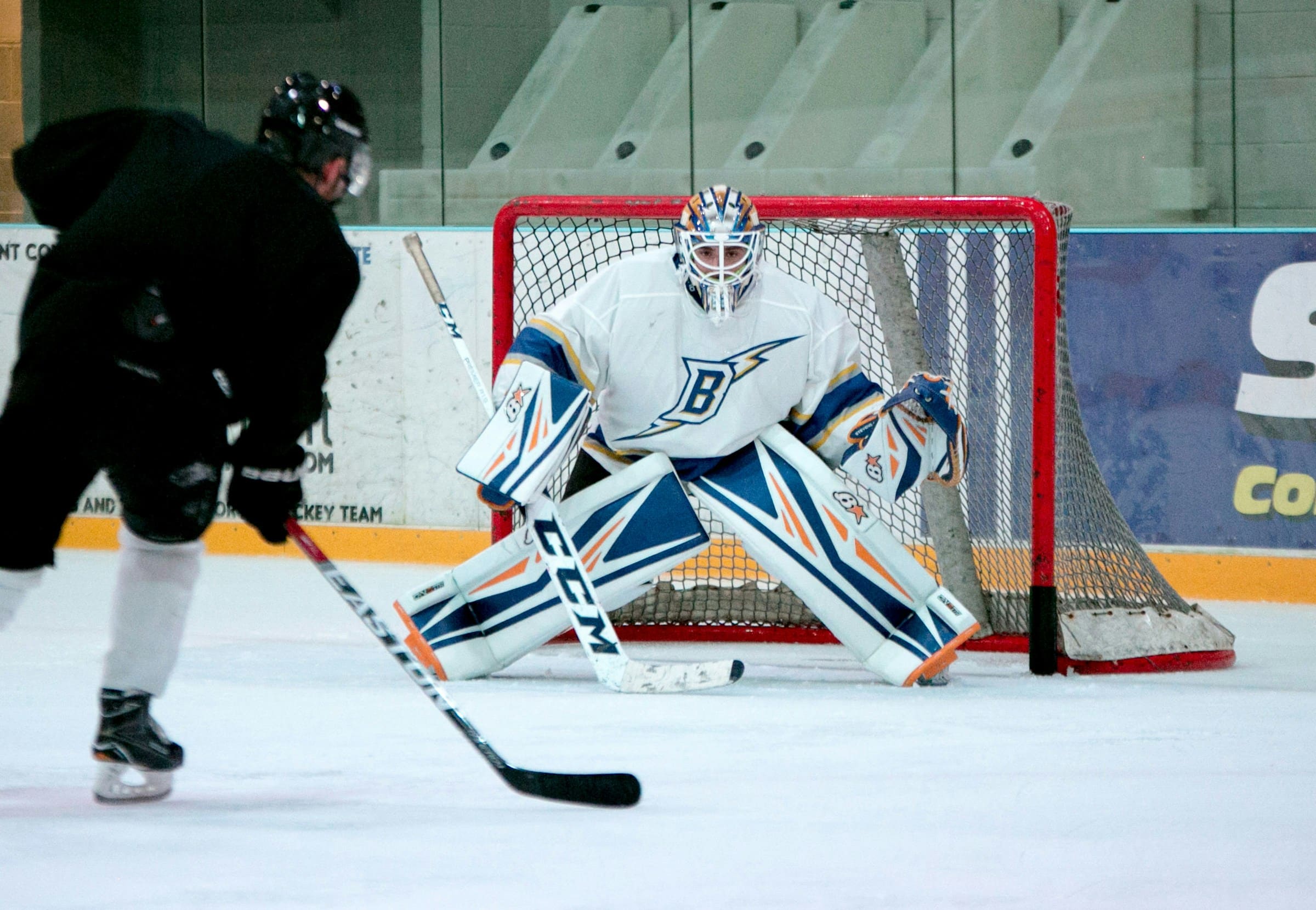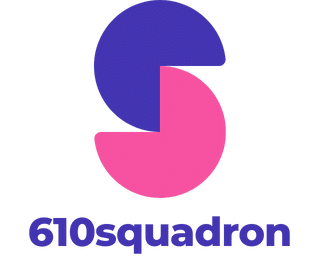What Are the Specific Conditioning Protocols for Ice Hockey Goalkeepers?

The world of ice hockey is one of the most physically demanding sports arenas. The game requires not only strength and agility but also a range of specific training and conditioning techniques. This is particularly true for the role of the goalie, who needs to be prepared for the rigours of the ice and the relentless onslaught of pucks. This article explores the specific conditioning protocols that ice hockey goalies undergo to be at the top of their game.
The Importance of Specialized Training for Hockey Goalies
The role of the goalie in a hockey game is considerably different from that of other players. This implies that the training and conditioning techniques for the goalie will also be unique and tailored to meet the specific requirements of the role.
A lire également : How Can 3D Motion Capture Improve Technique in Olympic Weightlifting?
As the last line of defence, goalies need to be in peak physical condition. Their training regimen includes strength, agility, endurance, flexibility, and reaction speed exercises. In addition, ice hockey goalies also need a strong mental game to handle the pressure and make intelligent, quick decisions under intense stress.
Hockey players, in general, require a blend of both aerobic and anaerobic conditioning. However, goalies need a slight shift in the mix compared to their teammates. They engage in short bursts of extreme activity followed by periods of relative inactivity, this demands greater anaerobic conditioning.
Cela peut vous intéresser : What’s the Role of Altitude Tents in Preparing Athletes for Mountain Ultramarathons?
Specialized training protocols for goalies often incorporate plyometrics, agility drills, and high-intensity interval training (HIIT). Incorporating these into their regular routine helps them perform at their peak when it matters most.
Strength and Conditioning Program for Ice Hockey Goalies
A well-rounded strength and conditioning program is crucial for ice hockey goalies. It will not only optimize their performance but also reduce the risk of injury.
Strength training for goalies typically focuses on lower body and core strength. Strong legs and a robust core are crucial for explosive lateral movements and improving stability. Leg exercises like squats, lunges, and calf raises are usually part of the routine. Core exercises might include planks, Russian twists, and the use of stability balls.
Conditioning for goalies often encompasses both aerobic and anaerobic exercises. Aerobic exercises help build endurance and recovery, while anaerobic exercises, like sprinting and plyometrics, build power and speed.
To further optimize their performance, goalies may also engage in sports-specific drills. These could include agility ladder exercises, balance drills, and reaction time training.
The Role of Recovery and Injury Prevention
While strength and conditioning are vital, goalies must also pay keen attention to recovery and injury prevention. In a sport as physically demanding as hockey, the risk of injury is high. Therefore, it’s essential to incorporate injury prevention strategies into training programs.
Goalies are particularly at risk of hip and groin injuries, given the nature of their movements. Consequently, their training should include exercises that strengthen these areas and increase flexibility, like hip flexor stretches and foam rolling.
Preventing concussions, a common injury in hockey, should also be a priority. This involves wearing the right protective gear and practicing safe techniques.
Recovery should be given as much importance as training. This includes ample rest time, proper nutrition, and hydration. Sleep and nutrition significantly impact an athlete’s performance and their ability to recover from intense training sessions.
The Influence of Technology and Scholarly Research
Google scholar, a widely used web search engine, provides a wealth of research papers and articles that have contributed to shaping training and conditioning protocols for hockey goalies. Coaches, trainers, and athletes can access the latest research, trends, and recommendations in the field of sports science, which offers valuable insights.
The integration of technology into sports is another factor that has revolutionized player training. Wearable devices help in tracking performance metrics, monitoring heart rate, and measuring recovery times. This data can be analysed and used to tailor conditioning programs to individual athlete’s needs, helping them reach peak performance levels.
Mental Conditioning: The Unsung Hero
When it comes to training, it’s not just about the body. An often overlooked but equally important aspect is mental conditioning. The role of a goalie is high-pressure, and mental resilience is crucial.
Goalies need to be able to bounce back quickly after letting a goal slip or making a mistake. They also need to stay focused and calm under pressure, making split-second decisions that can change the outcome of a game.
Mental conditioning techniques can include mindfulness, visualization, and cognitive behavioral strategies. These can help goalies manage stress, improve focus, and build confidence.
In the highly competitive arena of ice hockey, the success of a goalie hinges not only on their physical prowess but on their mental resilience as well. It’s a testament to the adage that the game is often won in the minds before it’s won on the ice. Conditioning protocols for ice hockey goalies, therefore, need to be holistic, addressing both physical and mental aspects of their performance.
Incorporating Technology and Sports Med Research into Goalie Training
In the rapidly-progressing field of sports medicine, the application of advanced technology and scientific research is playing an increasingly vital role in shaping the conditioning protocols for ice hockey goalies.
Through platforms like Google Scholar, coaches, athletic trainers, and players have access to a wealth of knowledge. Updated research findings in sports science offer valuable insights into training techniques, injury prevention measures, and recovery processes.
Such research can help in identifying effective ways to enhance strength conditioning and return to play strategies for injured athletes. This could include new resistance training techniques or physical therapy methodologies.
The blend of technology in sports has seen a significant revolution in recent years. The use of wearable devices is becoming commonplace. These devices can monitor an athlete’s heart rate, track performance metrics and measure recovery times.
For instance, devices can signal when a goalie’s heart rate is too high, indicating that they may be overexerting themselves. This data can then be used by the conditioning coach to fine-tune the training program, ensuring it meets the individual needs of the athlete. This approach minimizes the risk of injury and optimizes performance, providing a crucial edge in the competitive world of ice hockey.
Conclusion: The Holistic Approach to Ice Hockey Goalie Training
The role of a hockey goalie is arguably the most demanding position in the sport. It requires not just physical strength and agility, but also mental resilience and a sharp, strategic mind. The conditioning protocols for these athletes, therefore, need to address all these aspects.
Strength training, sport-specific drills, recovery strategies, and injury prevention measures all form integral parts of the goalie training program. Each component, when effectively implemented, contributes to the overall performance of the athlete. Through platforms like Google Scholar, coaches and trainers can stay updated with the latest research in sports med and apply these insights into their training programs.
Moreover, the advent of wearable technology in sports brings a new dimension to training, allowing for personalized, data-driven training programs. It offers a way to monitor and evaluate an athlete’s physical performance and recovery in real time.
Ultimately, the success of a hockey goalie hinges on more than just their physical prowess or their ability to stop a puck. It comes down to the resilience they demonstrate when under pressure, their ability to bounce back after a setback, and their mental fortitude when the stakes are high. This underscores the necessity for a comprehensive, holistic approach to goalie training – one that addresses both the body and the mind. With the right conditioning, a goalie can truly become the unpenetrable last line of defence.
